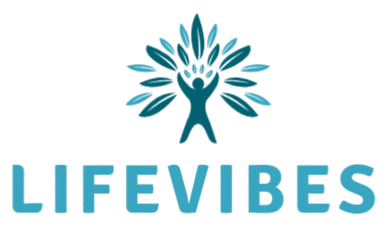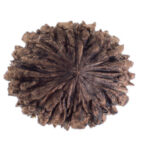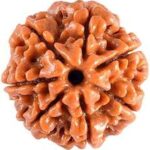Minimalism sounds great in theory. Clean spaces, less stress, more “mental clarity.” But when you actually start, you might find yourself staring at a mountain of stuff, wondering why you have seven spatulas and enough old notebooks to open a small stationery shop. Trust me, I’ve been there. Decluttering doesn’t have to be overwhelming—you just need a plan and the willingness to embrace a little chaos along the way.
Start Small, Not All At Once
The biggest mistake I made was trying to declutter my entire apartment in one day. Big mistake. I ended up exhausted, frustrated, and with a bunch of half-sorted drawers. Start with one drawer, one shelf, or even one corner of a room. Small wins build momentum, and seeing a clean drawer feels way more satisfying than staring at a full apartment and panicking.
The “Keep, Toss, Donate” Method Works
Every item should go into one of three piles: keep, toss, or donate. I used to overthink this endlessly—like, “Do I really need this half-melted candle from 2015?” The answer is usually no. Toss or donate. A rule I follow: if I haven’t used it in a year and it doesn’t spark joy, it probably doesn’t belong in my life anymore. Yes, even those jeans that were “cute” in college.
Tackle One Category at a Time
Clothes first, then books, then kitchen stuff—whatever works for you. I started with clothes, and I swear I found at least ten t-shirts I didn’t remember owning. Half of them went straight to donation. Breaking it down by category makes the process manageable and prevents decision fatigue.
Embrace Imperfection
You don’t have to throw away everything you own and live in a white-walled studio with a single chair. Minimalism is about intentionality, not punishment. Some mornings, I still have cluttered surfaces or random stuff I forgot to put away. That’s okay. The goal is progress, not perfection.
Make It Fun (Yes, Seriously)
Play music, pour yourself a coffee, or even have a mini reward system. I used to dread decluttering, but now I put on a podcast and tell myself I get a cookie when I finish a drawer. It makes the process feel less like punishment and more like a small weekend adventure.
Don’t Forget Digital Clutter
Minimalism isn’t just physical. Your phone, computer, and email inbox can get just as messy. I spent one Sunday deleting old files and unsubscribing from newsletters I never read. The sense of relief was real. Decluttering your digital space gives you mental clarity too—bonus points.
Create a “Home” for Everything
Once you declutter, it’s important to keep it that way. Everything should have a place. I learned this after finding random keys in the fridge once. Yes, really. A consistent home for your things prevents clutter from creeping back in. It doesn’t have to be perfect—it just needs to exist.
Take Breaks and Celebrate Wins
Decluttering can feel overwhelming if you don’t pace yourself. Take breaks, drink water, and step back to admire your progress. I always do a victory lap around the room after finishing a section—like a tiny, triumphant parade. It feels good and motivates you to keep going.
Final Thoughts: Minimalism Is Personal
Minimalism isn’t a competition. Your version might include more books, fewer clothes, or a slightly messy desk, and that’s fine. The goal is clarity, simplicity, and making space for things that actually matter. Start small, make intentional choices, and embrace the messy middle. One drawer, one corner, one box at a time—you’ll get there. And when you do, trust me, it feels amazing.











